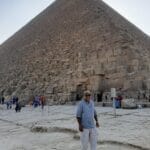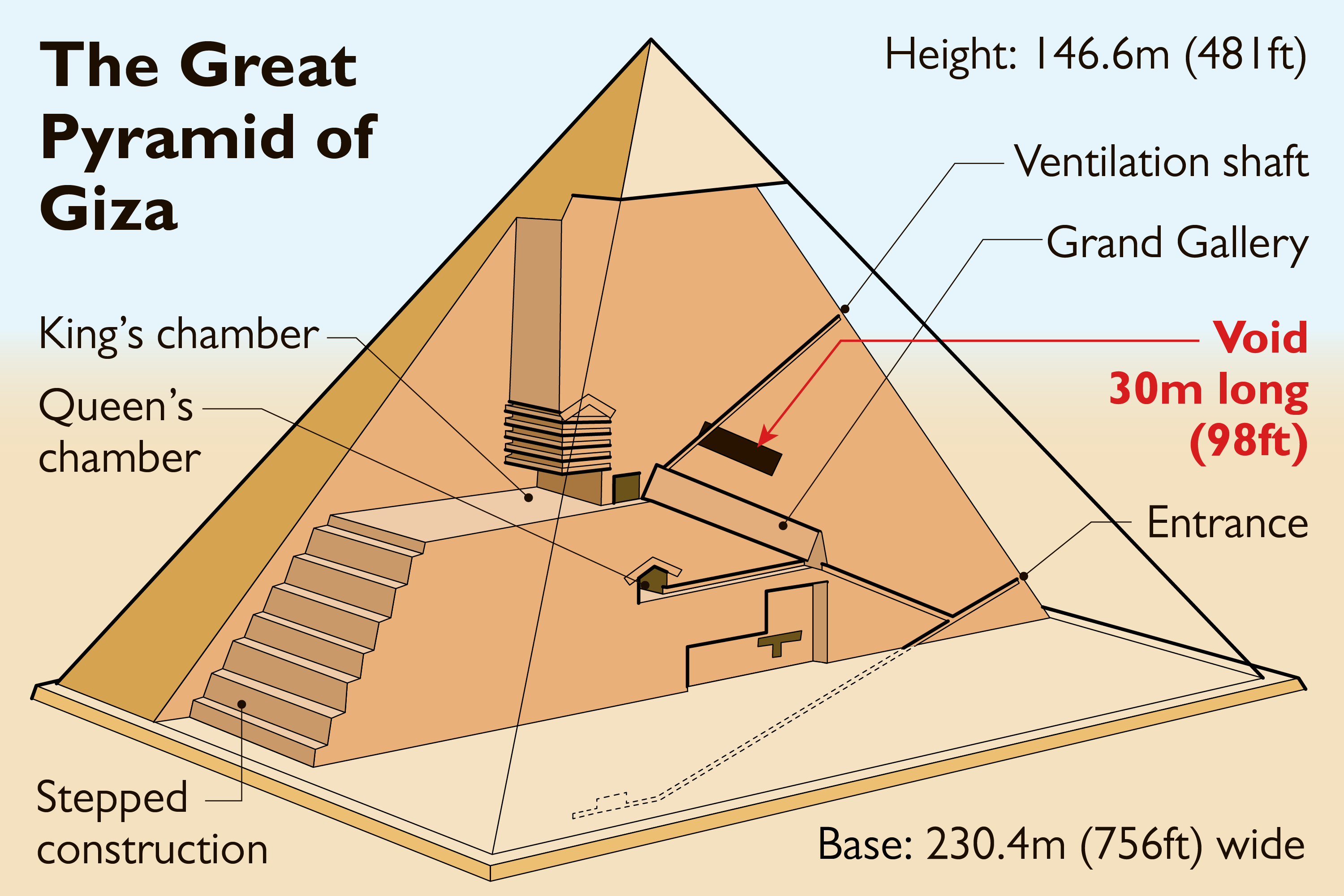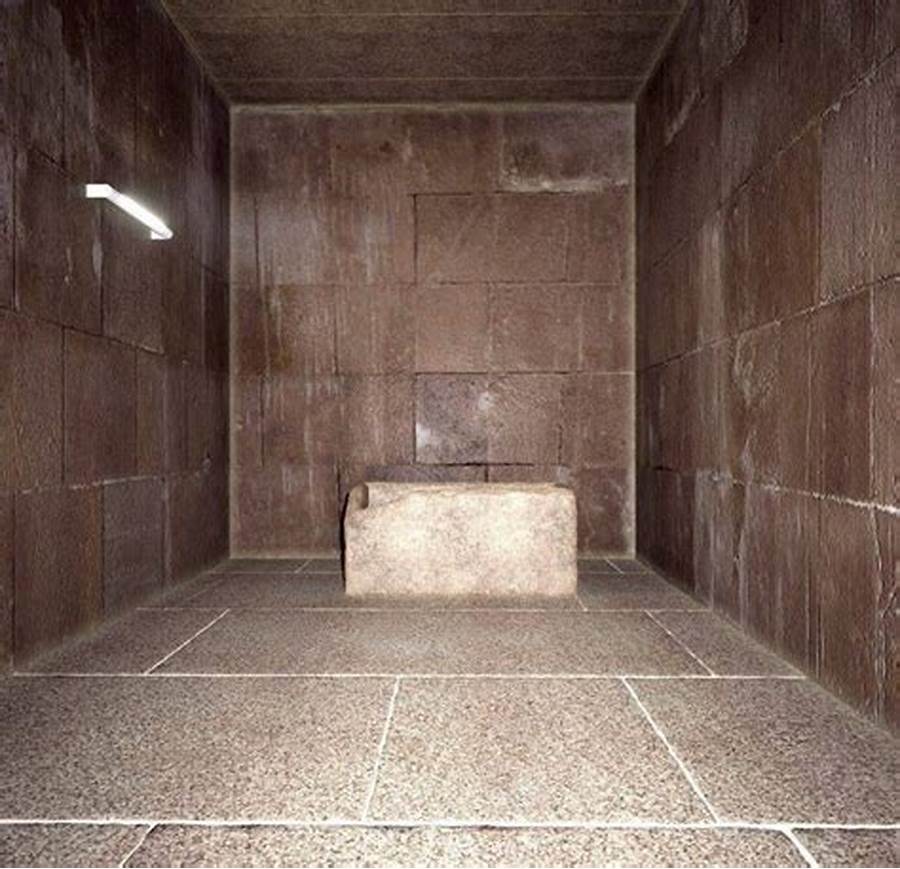Akhet Khufu or Horizon of Khufu

The mere mention of the pyramid immediately conjures up a striking visual representation of these colossal structures, harmoniously blending with the surrounding desert sands and emphasizing their profound significance to Egypt.
The Great Pyramid of Giza, located on a rocky plateau on the western bank of the Nile River in northern Egypt, is the largest of the three ancient Egyptian pyramids known for their architectural brilliance.
The construction process began around 2560 BCE. Egyptologists accept that this occurred during King Khufu’s reign. He was the second king of Egypt’s fourth dynasty (c. 2575–c. 2465 BCE). The Pyramids of Giza, the world’s last remaining wonders, are sometimes considered one of the Seven Wonders of the World.
General description

One of the biggest structures ever built in ancient times was the Great Pyramid. The pyramid’s height has been reduced to 449 feet (137 metres) from its original height. It reached a height of around 482 feet (147 meters). The lost 10 meters are the result of weathering and the removal of the majority of the polished limestone casing stones. The casing gave the structure a smooth appearance and caused it to sparkle in the sunlight.
The length of the foundation and its three sides combined is 755 feet (230 meters). The four cardinal points of the compass are precisely aligned with the rising angle of 51.87° on the sides of the pyramid. Blocks of limestone with a yellowish hue comprise the Great Pyramid’s core, while finer, lighter-colored limestone lines its interior passageways.
king’s Chamber

The internal burial chamber is constructed from massive granite blocks. There are a little over 2.3 million stone blocks. The “sarcophagus” is situated in the renowned “King’s Chamber” of the Great Pyramid. It is fascinating to note that the passage leading into “King’s Chamber” is actually smaller than the sarcophagus itself.
This implies that the granite box must have been installed during the pyramid’s construction. Even before the placement of the massive 70-ton ceiling beams above the chamber! The sarcophagus exhibits remarkable precision cuts, drill-like holes, and microscopic tool markings. This raises the question of whether it truly served as a sarcophagus or if it was intended to house something entirely else.
The Great Pyramid is accessed today through a breach. It was created in the 9th century by the caliph, Mamun. Interestingly, this breach was made slightly below the original Egyptian entrance, which had been concealed. Mamun’s exploratory tunnel, however, led to an ancient passage that ascends towards the upper chambers. This narrow passage has an incline of 26° and is just a little over a meter in height, requiring visitors to stoop as they ascend. It proves to be physically demanding on the calf muscles and serves as a clear indication that the pyramid’s interior was not designed for convenience. However, after a distance of nearly 40 meters, the passage undergoes a remarkable transformation. The ceiling suddenly rises to a height of over 8 meters, creating a tall and slender space known as the Grand Gallery. This awe-inspiring architectural feature showcases the brilliance of ancient Egyptian craftsmanship.
History of exploration
Abd al-Latif ibn Yusuf al-Baghdadi (1162-1231)
Many Egyptologists have recorded their exploration of the pyramids. One of the earliest known records was made by Muwaffaq al-Din Muhammad ‘Abd al-Latif ibn Yusuf al-Baghdadi, describing the pyramids during his visit to Egypt in 1200 AD. In great detail, he provides an elaborate account of the size and method of building the pyramids, along with the consequences faced by those who venture inside. According to him, the Great Pyramid has bats that reach the size of pigeons. Furthermore, recounting his personal experience of exploring its interior, he reveals that he managed to progress approximately two-thirds of the way before succumbing to a sudden bout of dizziness, falling unconscious, and narrowly escaping with his last breath.
Of the pyramids, he says, “When one delves into profound meditation on the Great Pyramids, it becomes apparent that these remarkable edifices were the result of unwavering commitment from brilliant minds.”. The Pyramids stand as a testament to the tireless efforts of pure souls who dedicated their utmost capabilities to their construction.
Giovanni Battista Caviglia (1770–1845).
Between 1816 and 1817, he explored the Great Pyramid of Giza and made significant discoveries. These discoveries included a descending corridor, the bottom of the well shaft, and an incomplete underground chamber.



